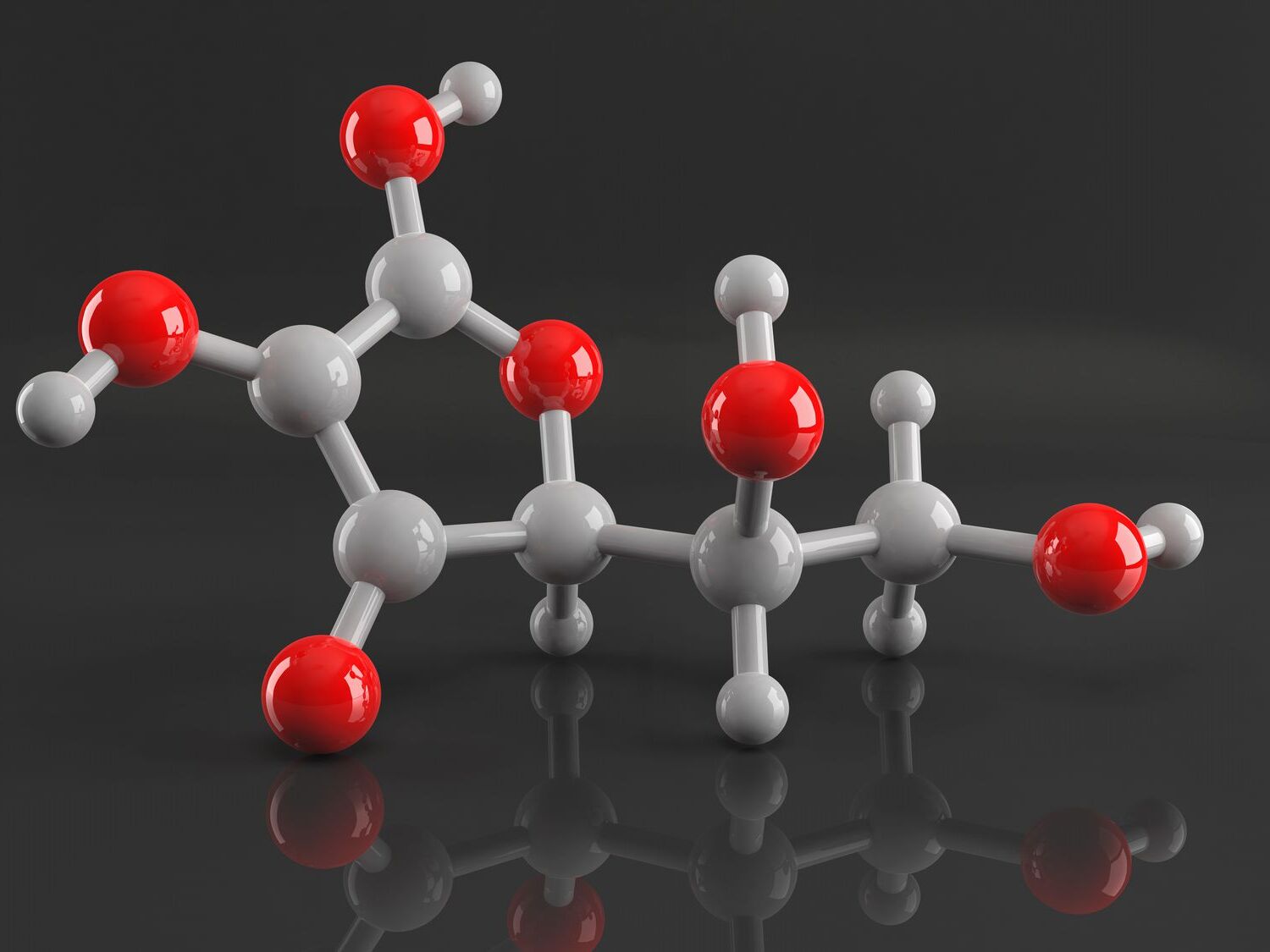
Molecular modeling is a powerful tool used by scientists to understand and predict the behavior of molecules. But what exactly is it? Molecular modeling involves using computer simulations to mimic the physical and chemical properties of molecules. This helps researchers visualize molecular structures, study interactions, and even design new drugs. Imagine being able to see how a potential medicine interacts with a virus at the molecular level before it's even made! This technology has revolutionized fields like chemistry, biology, and materials science. Ready to dive into some mind-blowing facts about molecular modeling? Let's get started!
Key Takeaways:
- Molecular modeling uses computer simulations to understand how molecules behave, helping scientists in drug discovery, material science, and environmental studies.
- Techniques like quantum mechanics and AI are shaping the future of molecular modeling, promising more accurate predictions and innovative collaborations.
What is Molecular Modeling?
Molecular modeling uses computer simulations to represent and predict the behavior of molecules. It’s a powerful tool in chemistry, biology, and materials science. Here are some fascinating facts about this intriguing field.
-
Molecular modeling helps scientists visualize the structure of molecules in 3D, making it easier to understand their properties and interactions.
-
Computational chemistry is a branch of chemistry that uses molecular modeling to solve chemical problems using computer simulations.
-
Quantum mechanics forms the basis of molecular modeling, allowing scientists to predict molecular behavior at the atomic level.
-
Molecular dynamics simulations track the movement of atoms and molecules over time, providing insights into their behavior under different conditions.
-
Docking studies in molecular modeling help predict how small molecules, like drugs, bind to larger molecules, such as proteins.
Applications of Molecular Modeling
Molecular modeling has a wide range of applications across various scientific fields. Here are some key areas where it plays a crucial role.
-
Drug discovery relies heavily on molecular modeling to design and optimize new pharmaceuticals.
-
Material science uses molecular modeling to develop new materials with specific properties, such as strength or conductivity.
-
Biochemistry benefits from molecular modeling by understanding enzyme mechanisms and protein folding.
-
Nanotechnology employs molecular modeling to design and manipulate materials at the nanoscale.
-
Environmental science uses molecular modeling to study pollutants and their interactions with the environment.
Techniques in Molecular Modeling
Different techniques are used in molecular modeling to achieve accurate and reliable results. Here are some of the most common methods.
-
Ab initio methods use quantum mechanics to calculate molecular properties from first principles, without empirical parameters.
-
Molecular mechanics approximates molecular behavior using classical physics, making it faster but less accurate than quantum methods.
-
Semi-empirical methods combine quantum mechanics with empirical data to balance accuracy and computational efficiency.
-
Monte Carlo simulations use random sampling to explore the possible configurations of a molecular system.
-
Density functional theory (DFT) is a quantum mechanical method that calculates the electronic structure of molecules.
Challenges in Molecular Modeling
Despite its many advantages, molecular modeling faces several challenges. Here are some of the main obstacles researchers encounter.
-
Computational cost can be high, especially for large systems or long simulations.
-
Accuracy of the models depends on the quality of the input data and the assumptions made during the simulation.
-
Parameterization requires careful selection of parameters to ensure realistic results.
-
Validation of molecular models is essential to confirm their reliability and accuracy.
-
Scalability can be an issue when trying to model very large or complex systems.
Future of Molecular Modeling
The future of molecular modeling looks promising, with advancements in technology and methods. Here are some trends to watch.
-
Artificial intelligence (AI) is being integrated into molecular modeling to improve predictions and automate processes.
-
Quantum computing holds the potential to revolutionize molecular modeling by solving complex problems faster than classical computers.
-
Cloud computing offers scalable resources for running large-scale molecular simulations.
-
Machine learning algorithms are being developed to enhance the accuracy and efficiency of molecular models.
-
Interdisciplinary collaboration is increasing, with scientists from different fields working together to solve complex problems using molecular modeling.
Final Thoughts on Molecular Modeling
Molecular modeling has revolutionized how scientists understand and manipulate molecules. This powerful tool allows researchers to visualize complex molecular structures, predict interactions, and design new compounds with precision. It’s not just about pretty pictures; it’s about making groundbreaking discoveries in fields like drug development, materials science, and environmental studies.
Understanding molecular modeling can open doors to numerous scientific advancements. From creating more effective medications to developing sustainable materials, the possibilities are endless. It’s a game-changer in modern science, providing insights that were once thought impossible.
Whether you’re a student, a researcher, or just curious about science, diving into molecular modeling offers a fascinating glimpse into the microscopic world. It’s a field that continues to grow, promising even more exciting developments in the future. So, keep exploring and stay curious—there’s always more to learn!
Frequently Asked Questions
Was this page helpful?
Our commitment to delivering trustworthy and engaging content is at the heart of what we do. Each fact on our site is contributed by real users like you, bringing a wealth of diverse insights and information. To ensure the highest standards of accuracy and reliability, our dedicated editors meticulously review each submission. This process guarantees that the facts we share are not only fascinating but also credible. Trust in our commitment to quality and authenticity as you explore and learn with us.
